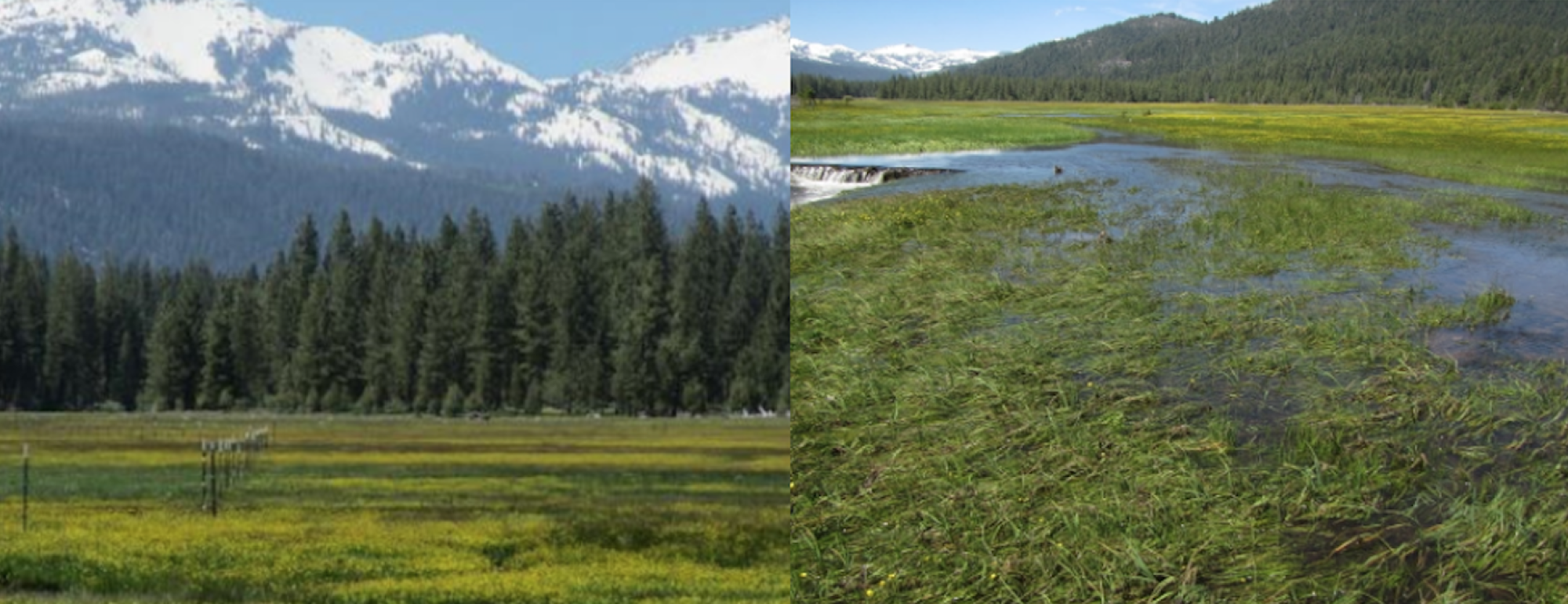Mountain meadows inhabited by beavers have an important role in mitigating climate change. As carbon sinks, they store remarkably large amounts of greenhouse gasses for the long term. However, degradation from livestock grazing and conversion to dry grasslands has greatly diminished the carbon-storing capacity and biodiversity of meadows in the Cascade Range and Sierra Nevada of California. Restoration of these biodiversity hotspots is key for creating climate refugia for sensitive species and increasing carbon sequestration.
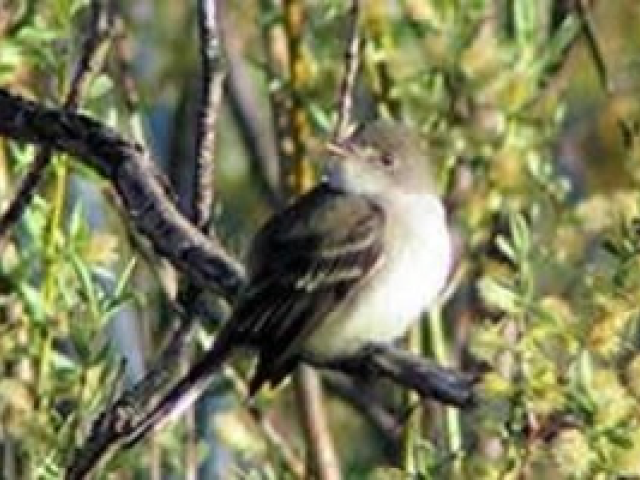
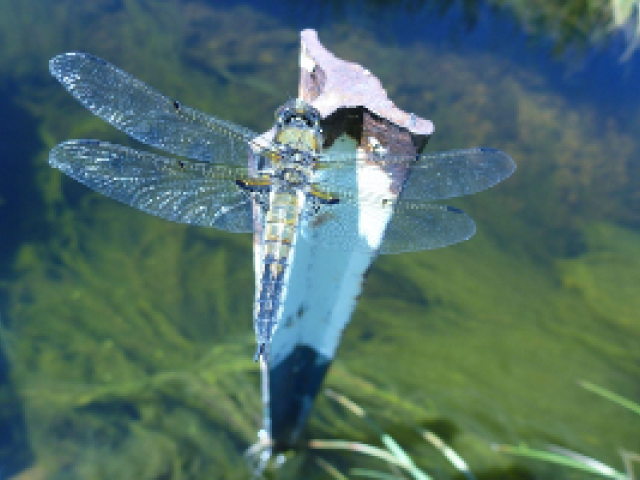
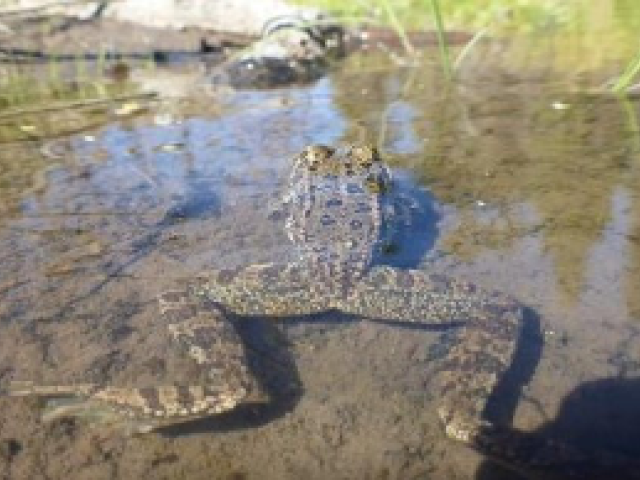

The Childs Meadow restoration project is working to restore a series of wet subalpine meadows in Northern California. Phase 1 of the project focused on elevating groundwater levels in a portion of the meadow system. Treatments included cattle exclusion and installation of small, temporary structures across the channel known as beaver dam analogues or BDAs. These restoration actions support the goal of increasing carbon sequestration and supporting sensitive species.
Monitoring results showed cattle exclusion had a significant positive impact on carbon sequestration, and BDAs
supported locally higher groundwater levels when maintained, similar to effects from natural beaver dams. BDAs and fencing supported the growth of willows thus improving habitat conditions for meadow-dependent species such as the willow flycatcher and Cascades frog.
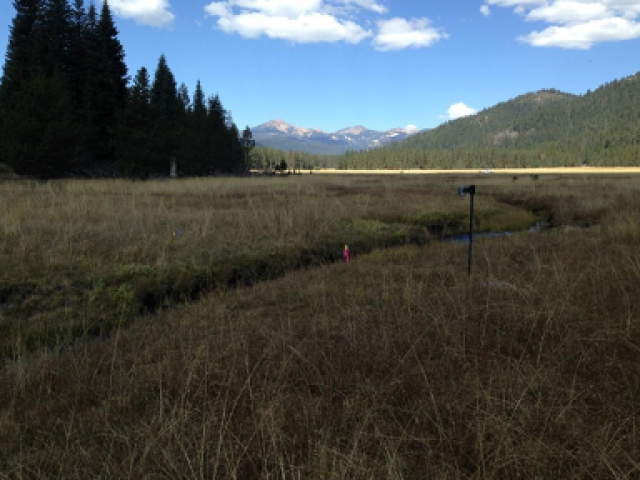
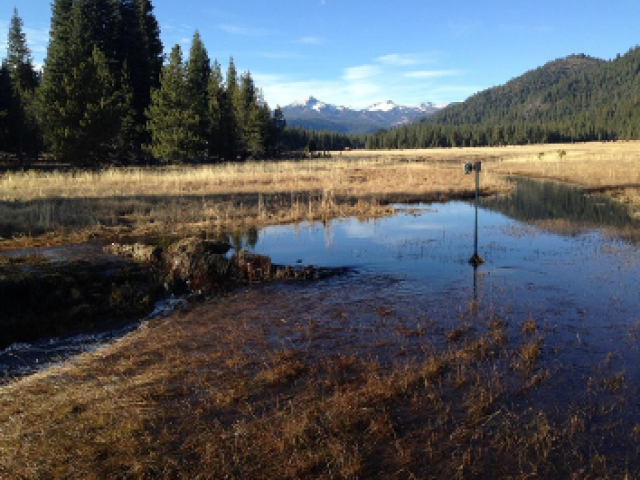
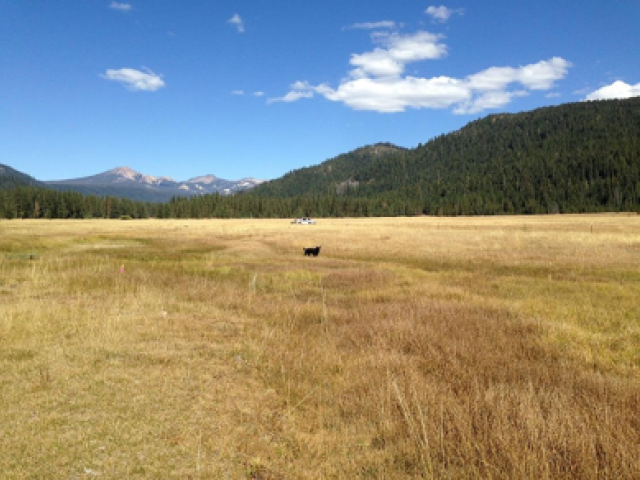
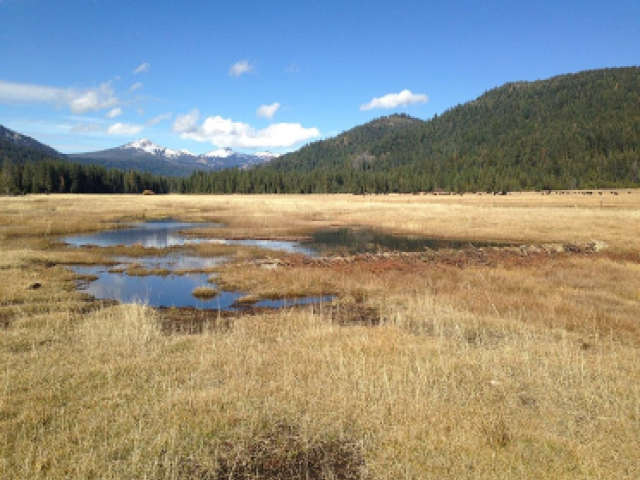

Planning for Phase II of the restoration project concluded in 2022, with project implementation beginning in 2023. Phase II expanded on the results of Phase 1, scaling restoration actions up to the entire meadow. It integrates restoration of the Childs Meadow complex with existing large-scale fuel reduction projects that undertook timber thinning at the meadow’s edge. The goal of all projects is to improve these important headwaters of Deer Creek, a priority Chinook salmon and Steelhead trout watershed. The meadow restoration will help reconnect the Childs Meadow valley with the surrounding upland areas by modifying existing human infrastructure in and around the meadow, such as roads and ditches, to improve hydrologic connectivity.

Phase II of the restoration is working to protect peat-rich fens for successful carbon sequestration and to restore
channel-floodplain connectivity so that water in previously incised channels disperses across the meadow surface. BDAs and PALS (post-assisted log structures) are being installed in Gurnsey creek to limit incision, increase groundwater elevations, spread out high streamflows, re-invigorate desiccated riparian and wetland areas, and improve habitat for sensitive meadow-dependent and riparian species. In particular, the project is working to facilitate the expansion of the native beaver population. We expect beavers to maintain this wet meadow complex as a high-quality water source for downstream reaches and a climate refuge for native species.
Phase II of the project is expected to conclude by 2026.

